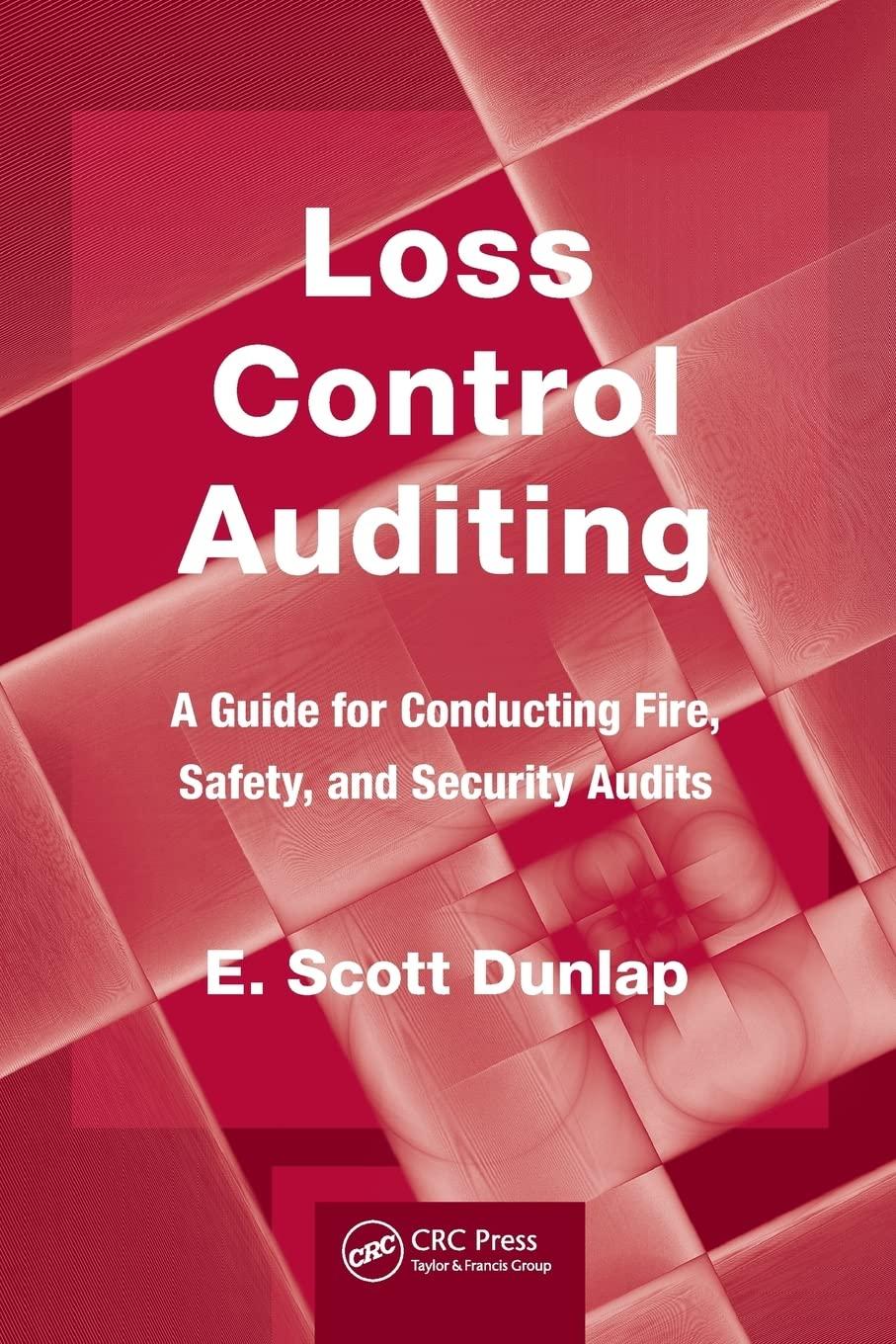Question
Walmart Inventory Shrinkage (a GVV Case) The facts of this case are from the Walmart shrinkage fraud discussed in an article in The Nation on
Walmart Inventory Shrinkage (a GVV Case) The facts of this case are from the Walmart shrinkage fraud discussed in an article in The Nation on June 11, 2014. Literary license has been exercised for the purpose of emphasizing important issues related to organizational ethics at Walmart. Any resemblance to actual people and events is coincidental. Shane OHara always tried to do the right thing. He was in touch with his values and always tried to act in accordance with them, even when the going got tough. But, nothing prepared him for the ordeal he would face as a Walmart veteran and the new store manager in Atomic City, Idaho. In 2013, Shane was contacted by Jeffrey Cook, the regional manager, and told he was being transferred to the Atomic City store in order to reduce the troubled stores high rate of shrinkagedefined as the value of goods that are stolen or otherwise lostto levels deemed acceptable by the companys senior managers for the region. As a result of fierce competition, profit margins in retail can be razor thin, making shrinkage a potentsometimes criticalfactor in profitability. Historically, Walmart had a relatively low rate of about 0.8 percent of sales. The industry average was 1 percent. Prior to his arrival at the Atomic City store, Shane had heard the store had shrinkage losses as high as $2 million or morea sizable hit to its bottom line. There had even been talk of closing the store altogether. He knew the pressure was on to keep the store open, save the jobs of 40 people, and cut losses so that the regional manager could earn a bonus. It didnt hurt that he would qualify for a bonus as well, so long as the shrinkage rate was cut by more than two-thirds. Shane did what he could to tighten systems and controls. He managed to convince Cook to hire an assetprotection manager for the store. The asset-protection program handles shrink, safety, and security at each of its stores. The program worked. Not only did shrinkage decline but other forms of loss, including changing price tags on items of clothing, were significantly reduced. However, it didnt seem to be enough to satisfy Cook and top management. During the last days of August 2013, Shanes annual inventory audit showed a massive reduction in the stores shrinkage rate that surprised even him: down to less than $80,000 from roughly $800,000 the previous year. He had no explanation for it, but was sure the numbers had been doctored in some way. During the remainder of 2013, a number of high-level managers departed from the company. Cindy Rondel, the head of Walmarts Idaho operations, retired; so did her superior, Larry Brooks. Walmarts regional asset-protection manager for Idaho, who was intimately involved with inventory tracking in the state, was fired as well. Shane wondered if he was next. Shane decided to contact Cook to discuss his concerns. Cook explained why the shrinkage rate had shrunk so much by passing it off as improper accounting at the Atomic City store that had been corrected. He told Shane that an investigation would begin immediately and he was suspended with pay until it was completed. Shane was in shock. He knew the allegations werent true. He sensed he might become the fall guy for the fraud. Shane managed to discretely talk about his situation with another store manager in the Atomic City area. That manager said she had been the target of a similar investigation the year before. In her case, she had discovered how the fraud was carried out and the numbers were doctored, but she had told no oneuntil now. She explained to Shane that the fraud involved simply declaring that missing items were not in fact missing. She went on to say you could count clothing items in the store and if the on-hand count was offas in, you were supposed to have 12 but you only had 10you could explain that the other 2 were in a bin where clothing had been tried on by customers, not bought, and left in the dressing room often with creases that had to be cleaned before re-tagging the clothing for sale. So, even though some items may have been stolen, they were still counted as part of inventory. There was little or no shrinkage to account for. At this point Shane did not know what his next step should be. He needed to protect his good name and reputation. But what steps should he take? That was the question. Questions Assume you are in Shane OHaras position. Answer the following questions. 1. Who are the stakeholders in this case and what are the ethical issues? 2. What would you do next and why? Consider the following in crafting your response. -- How should the organizational culture at Walmart influence your actions? -- What do you need to say, to whom, and in what sequence? -- What are the reasons and rationalizations you are likely to hear from those who would try to detract you from your goal? -- How can you counteract those pressures? What is your most powerful and persuasive response to these arguments? To whom should you make them? When and in what context?
Step by Step Solution
There are 3 Steps involved in it
Step: 1

Get Instant Access to Expert-Tailored Solutions
See step-by-step solutions with expert insights and AI powered tools for academic success
Step: 2

Step: 3

Ace Your Homework with AI
Get the answers you need in no time with our AI-driven, step-by-step assistance
Get Started


